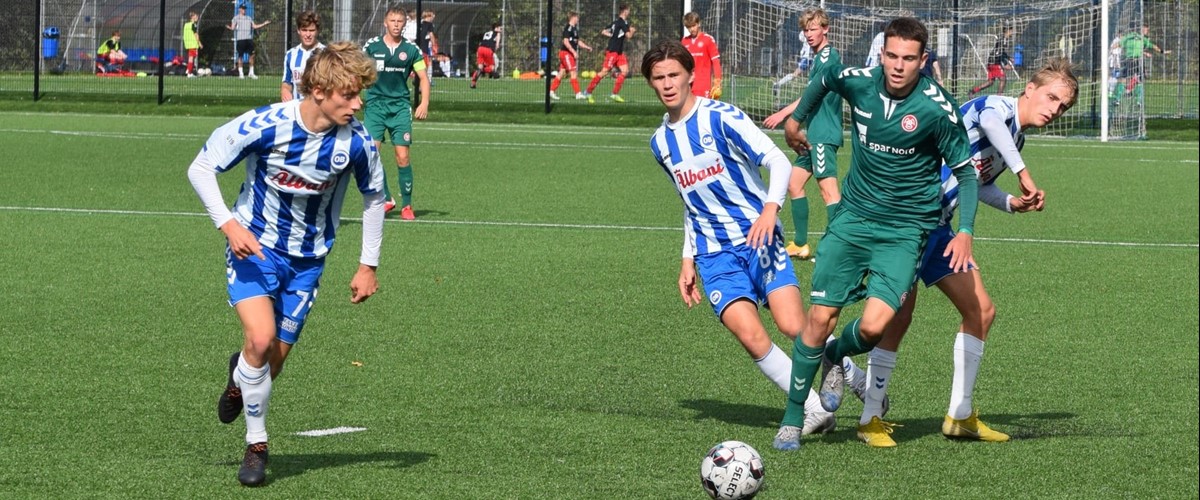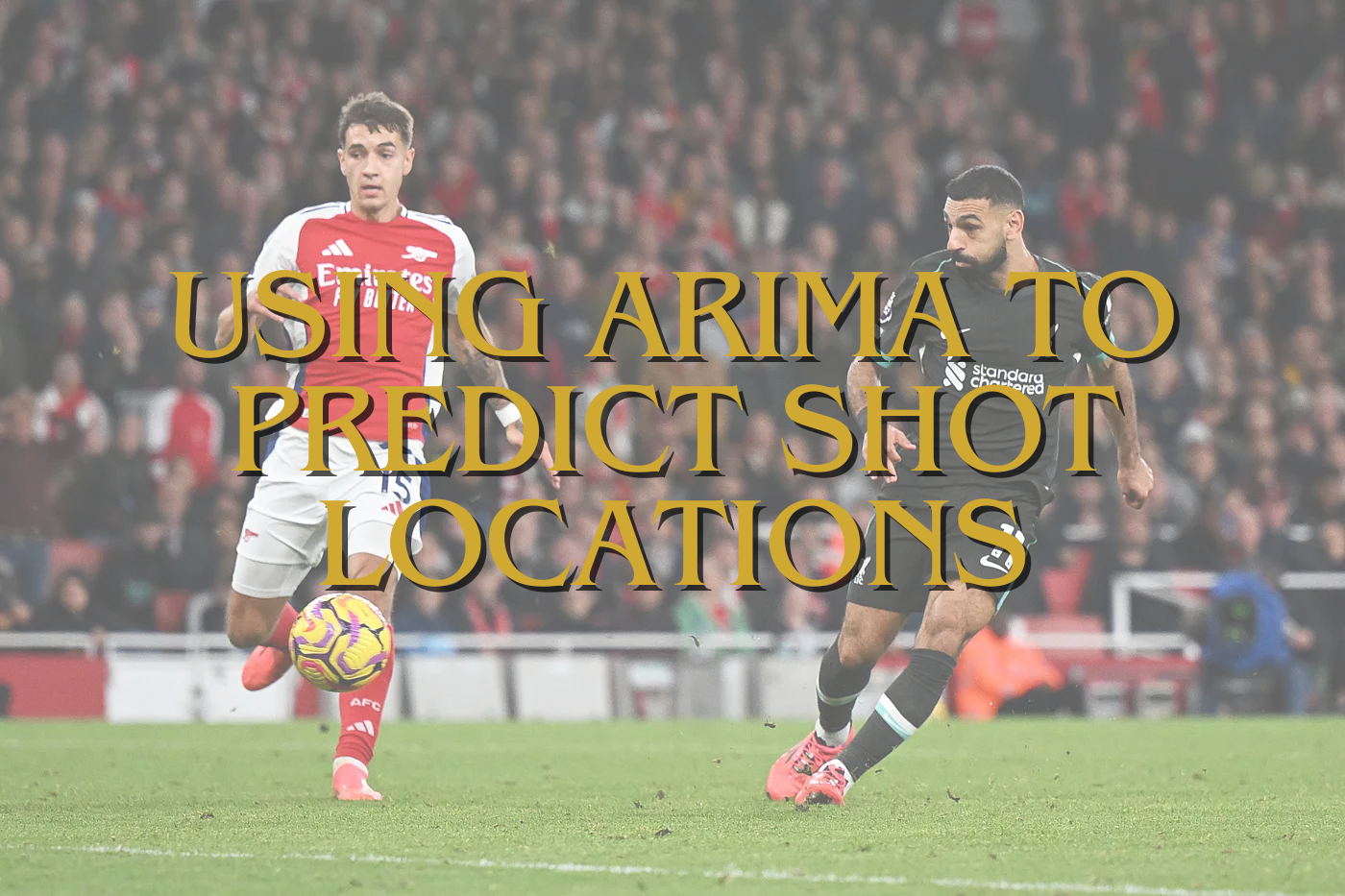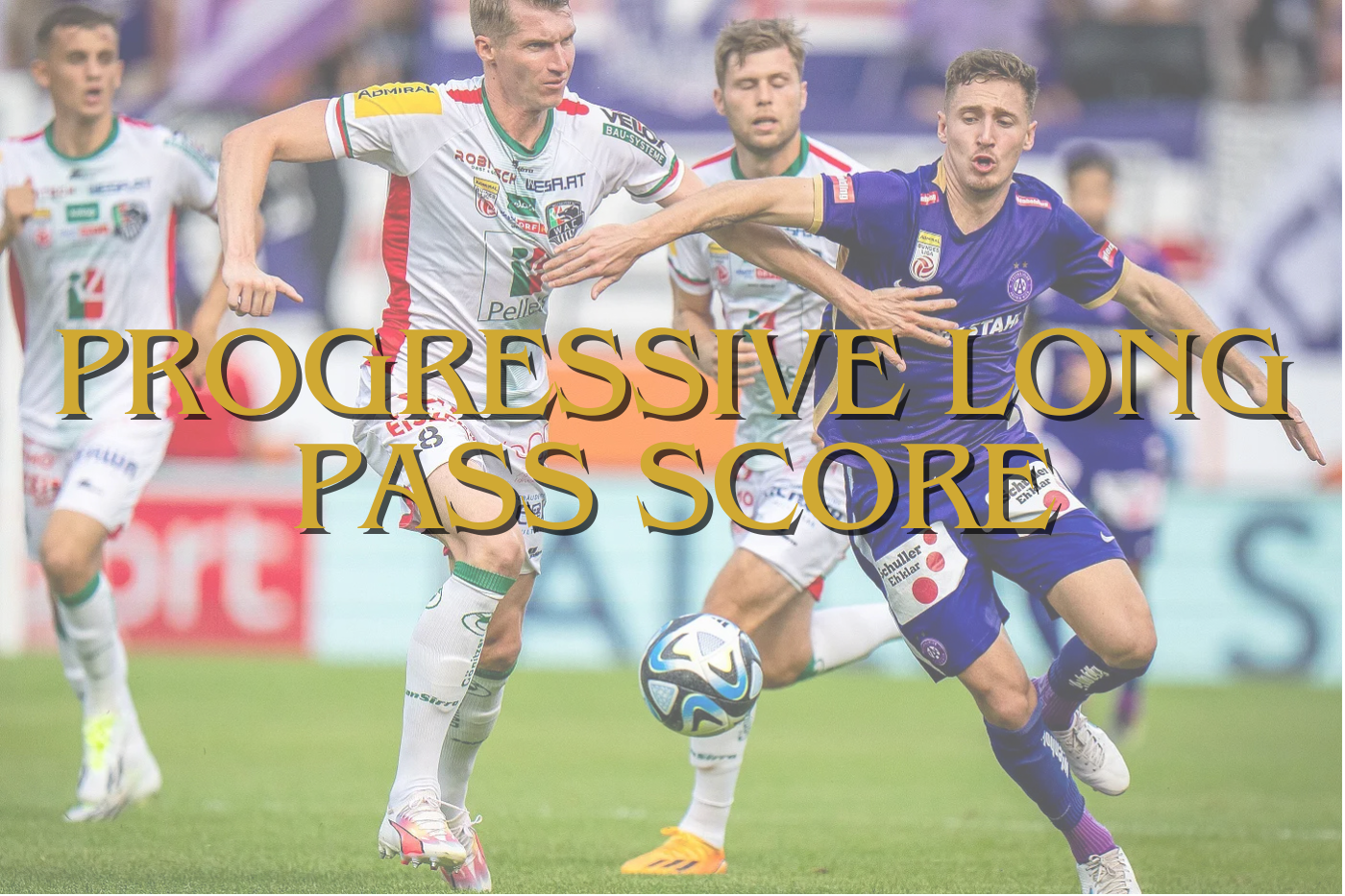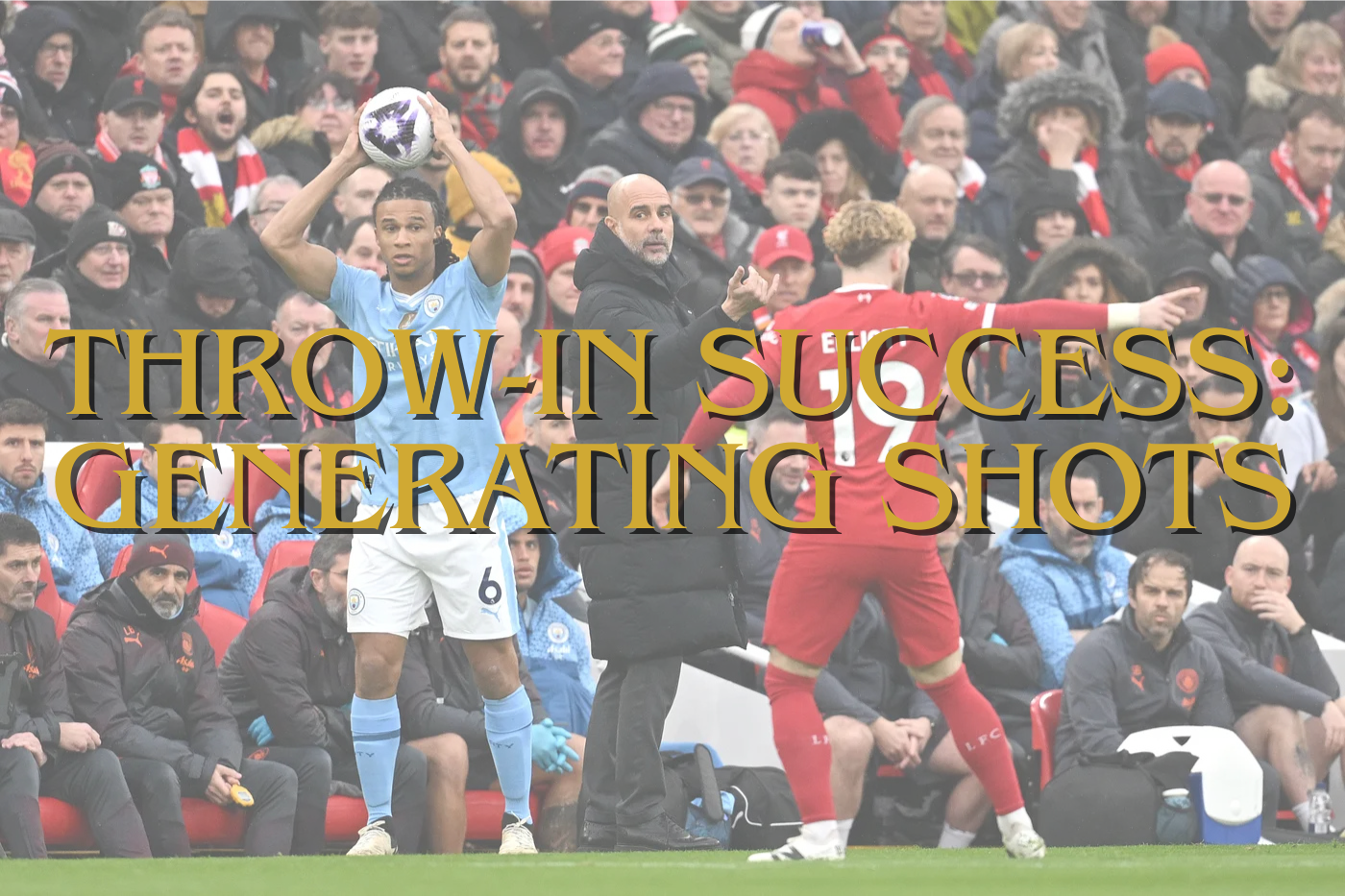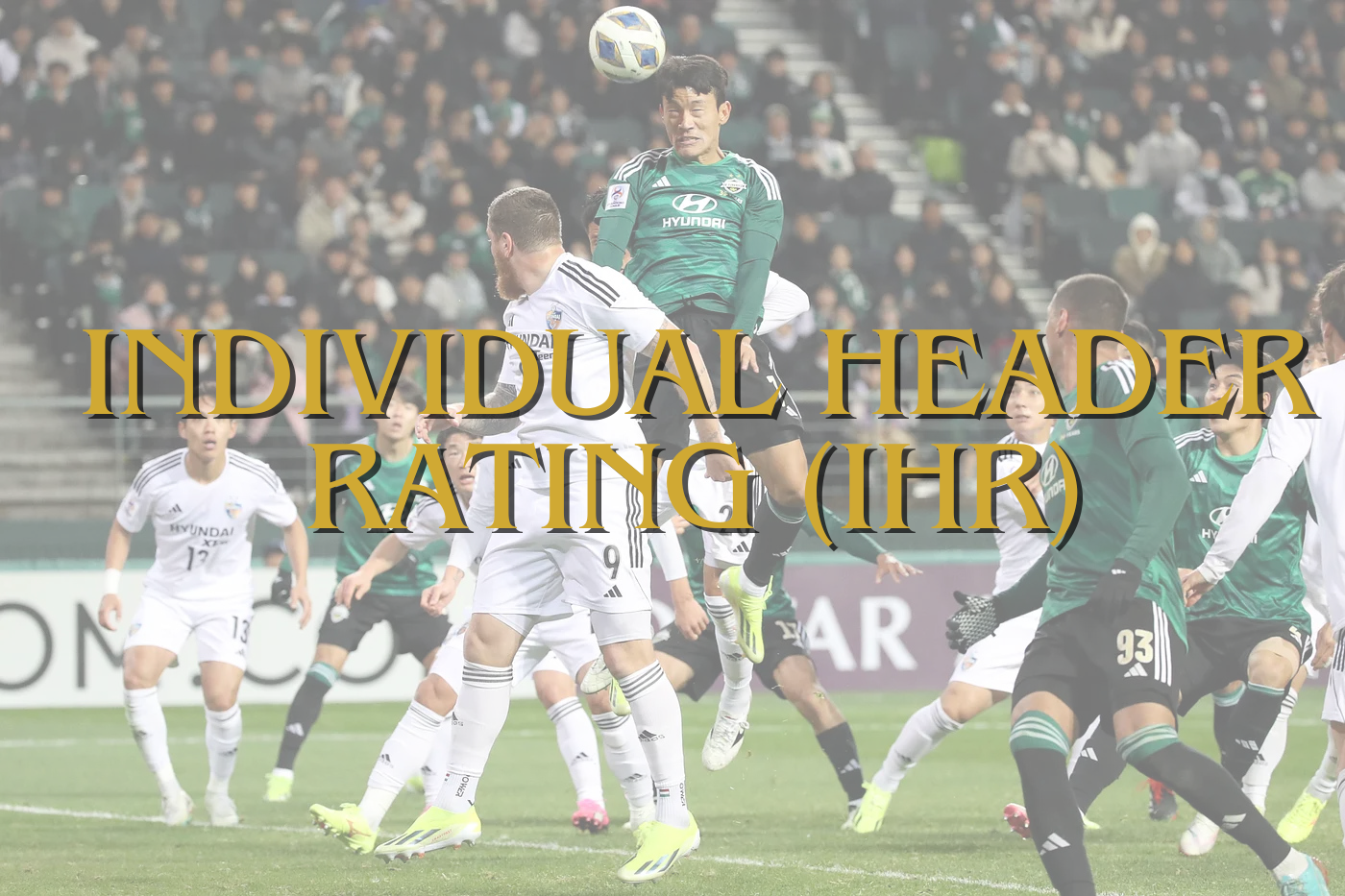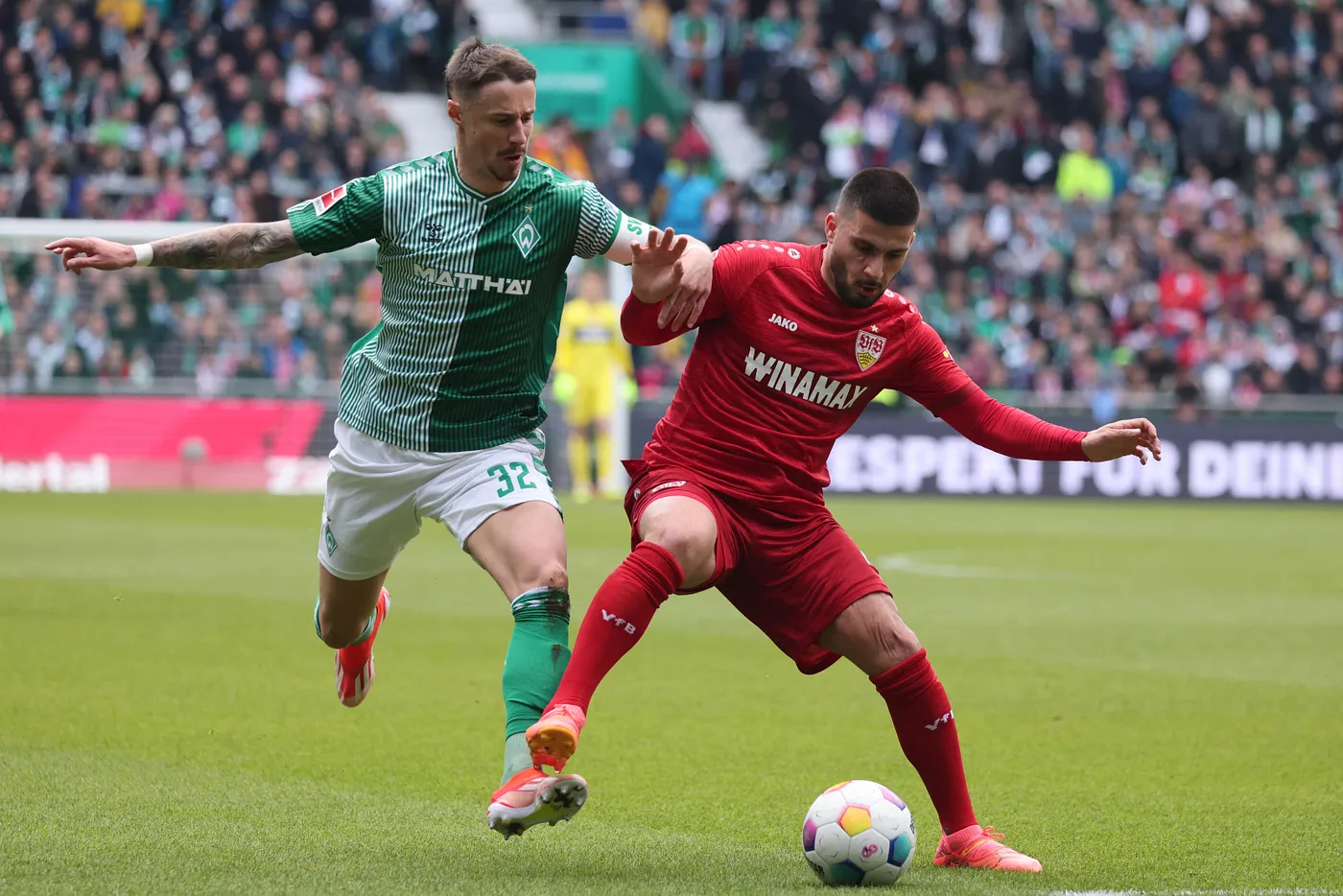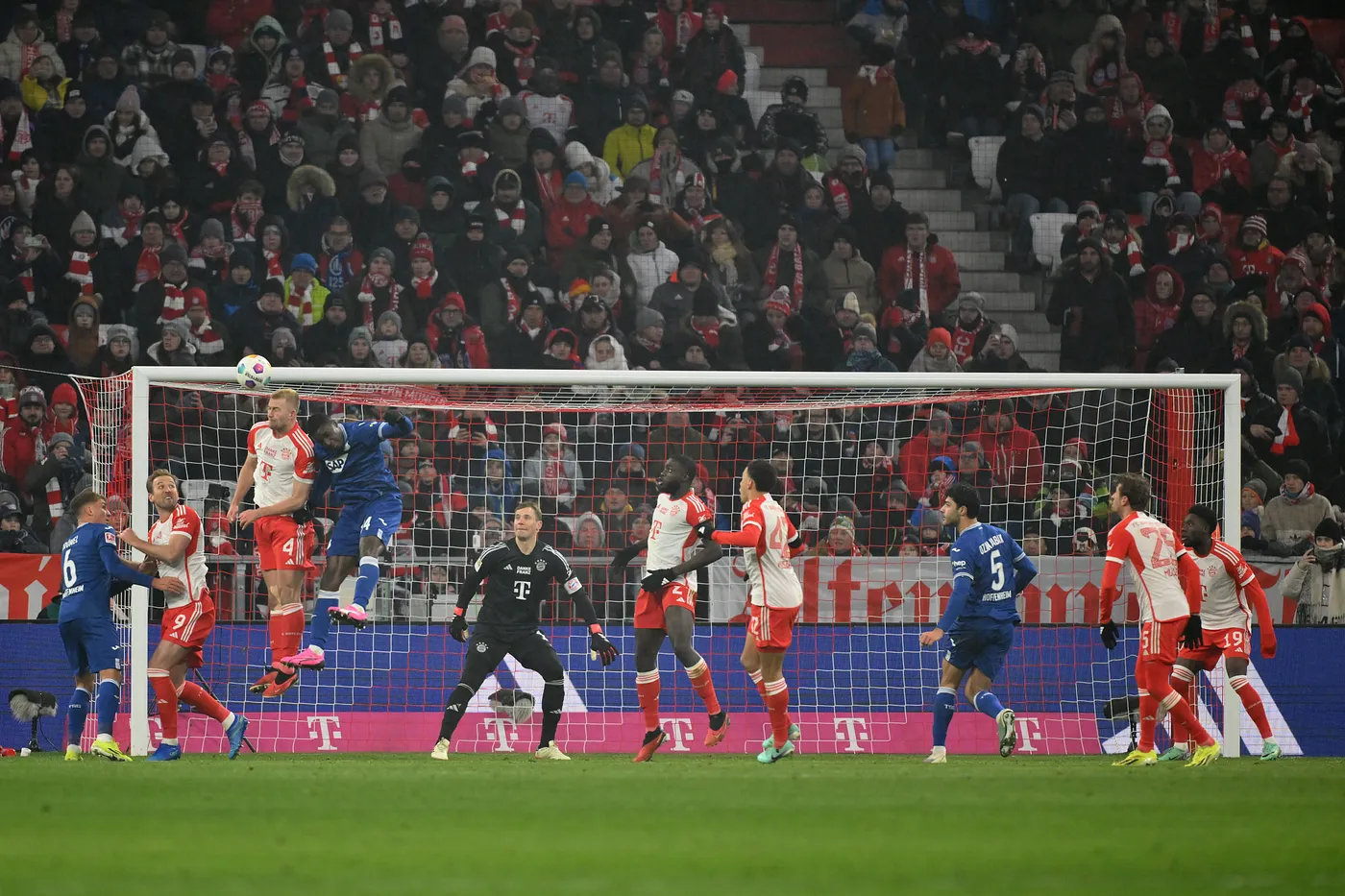One of the reasons I love to go deeper into academies and youth teams is the fact that you can really experience a football culture from them. A first team is all about results and getting player in and out, but an academy doesn’t necesarily have to perform in order to be successful within their role. Their first objective or goal – well in most cases – is to develop players who are good enough for the first team. They play with a certain vision and philosophy, and that’s what I find very, very interesting.
Scandinavian football has been known for the young talent where bigger leagues can scout in for relatively small fees. But it’s so much more than that. They play a refreshing style of football and that’s developed in the academies. In this case study I will look to the U19 teams of the U19 ligaen of the past three season, without actually mentioning which teams I observed. The focus of this article is not to look at the philosophy of one particular club, but the overall trend within academy football in Denmark.
In this article, I will indeed look to the U19 Ligaen, but I will zoom in more closely as I’ve been doing research into the double false 9 in a 4-4-2 system. The focus will be on the shape of the 4-4-2 vs a 4-3-3 combined with the roles of the double false 9.
What is a false nine?
A false 9 can be described as central forward who plays deeper than a conventional central forward and plays between the lines. The drop deep to find space between the lines and to invite/include wide players and advanced midfielders into the attack for several reasons. Mostly to give more options going forward and to hope to overload in the final third, if done with pace.
This means that the profile of a false 9 is not the same as from a typical central forward. This asks for a more dynamic player who can play as an attacking midfielder as well, who has excellent passing abilities and can see the game correctly going forward. Their eye shouldn’t instantly go towards the goal, but have composure and eye for their advancing teammates as well.
How does the double false 9 look like?

As we can see in the image above I’ve set up a 4-4-2 against a 4-3-3 as seen often in these games. We see a stretched four-man midfield with the wide midfielders playing in the wide areas and the central midfielders playing between the central zones and the half-spaces. In the 4-4-2 system we obviously see two strikers, but these two strikers play in the half-space instead of the central zones.
What makes them a false 9 is the fact that they play deeper. They play between the defender and midfielders, which makes them play between the lines. This is contrary to conventional strikers who are pinned against the back-four of this 4-3-3 team.
Something that’s also interesting in the way they line up is the fact that they play relatively close to the midfielders. If they were positioned any deeper it would like a six-man midfield playing as an attacking unit. Furthermore, there is a lot of space middle third for the opponent to go into the half-space when they transition from defence to attack, this is where this system is vulnerable.
The role of the double false 9

I’m looking at an attacking sequence I’ve seen used in 10+ games and thought was very interesting. The positioning of the two deep 9’s changes when the blue team progresses to the middle third and makes movement to go into the attacking third. The strikers move from the half-space into the wide zones, creating space in both the half-spaces as the central zones. By doing so they asume the role of wingers and occupy the wings as such.
At the same time there is a change of position within the wide midfielders. The invert into the half-space at the moment the double false 9’s go wide. By getting into the half-spaces they are assuming the positions of the strikers and move into the positions to create goalscoring opportunities or to attack any kind of cross/pass into the central zones.

As you can see in the image above, the inverted players move forward as strikers while the false 9’s have occupied the wings and are providing crosses from that particular angle going forward. When in possession this effectively means that the blue teams play 4-2-4 with four attackers and a double pivot behind them to guard any counter-attack.
In the case of a counter-attack, there’s a high risk, because there is a lot of space for the midfield trio of the opponent to progress as they have an overload of 3v2 in midfield. The trio in attack has relative freedom when they are attacking with pace in the counter.
Final thoughts
This is a rather short case study on the positioning of the double false 9 in a 4-4-2, but I thought it was really interesting to see how the double false 9 not only have to play as deep-striker, but also need to have some winger qualities to function in this system, while the wide-midfielders become inverted.

